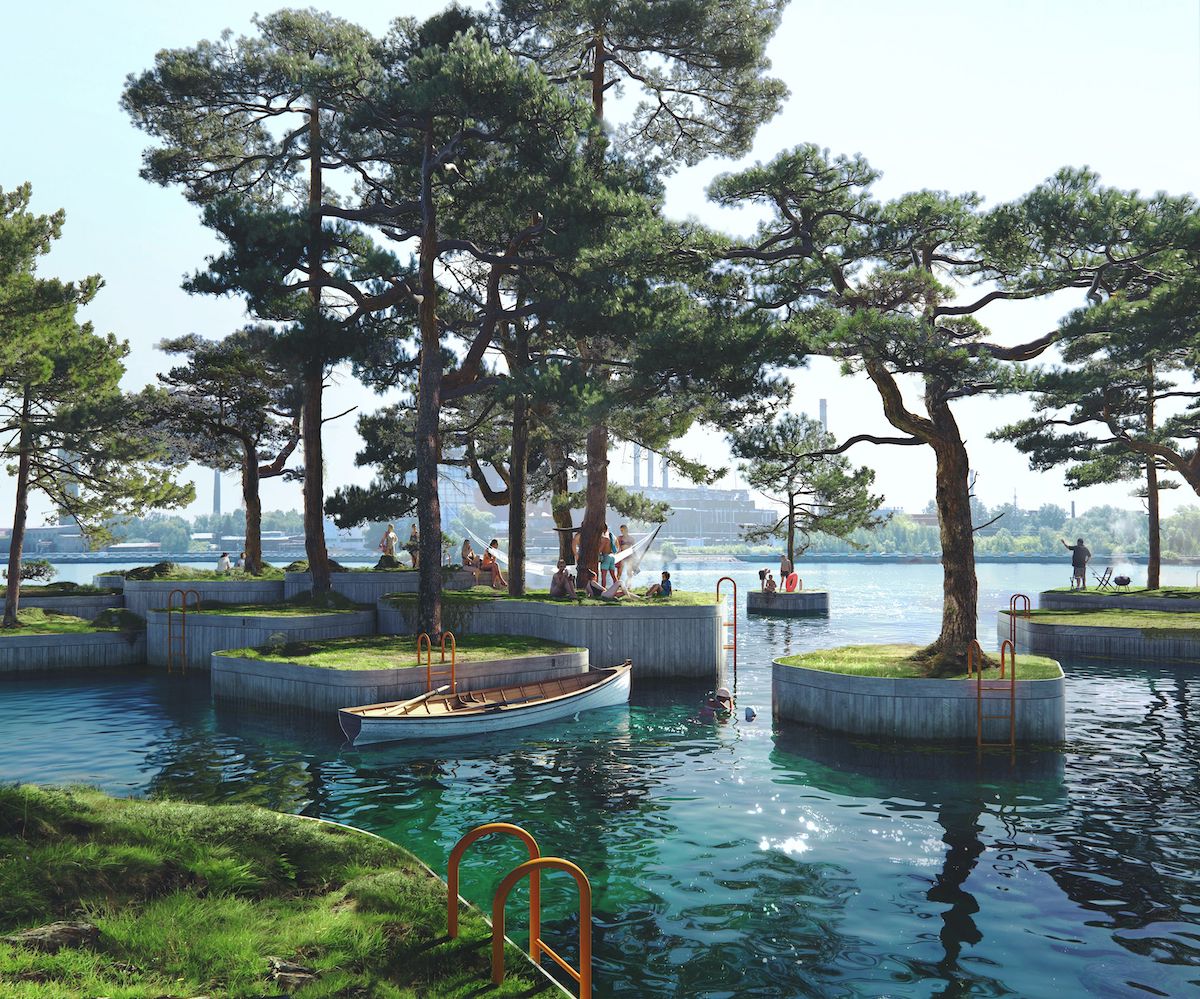
Photo: Mir
Copenhagen harbor may be getting a bit more active thanks to the ingenious construction of a series of artificial floating islands—which would make it the world’s first “parkipelago” (a portmanteau of park and archipelago). Danish design firm Studio Fokstrot and Australian architect Marshall Blecher have designed a number of small floating parks in response to the boom of urban development along the waterfront. Officially titled Copenhagen Islands, each module is packed with flexible public program in order to replace some of the open space lost to growing urbanization. Floating parks also make a lot of sense when considering the inevitability of global sea-level rise.
Studio Fokstrot describes the local importance of this project, explaining the intention “to renew the proud traditions of the Danish harbor life, by strengthening the social cohesion and awareness of the maritime life in and around the harbor.” They accomplished this by providing features to encourage a variety of activities such as boating, swimming, kayaking, picnics, performances, events, and more. Programs are also organized by season, with possible schemes designed for summer use throughout the water and winter schemes where islands cluster near land.
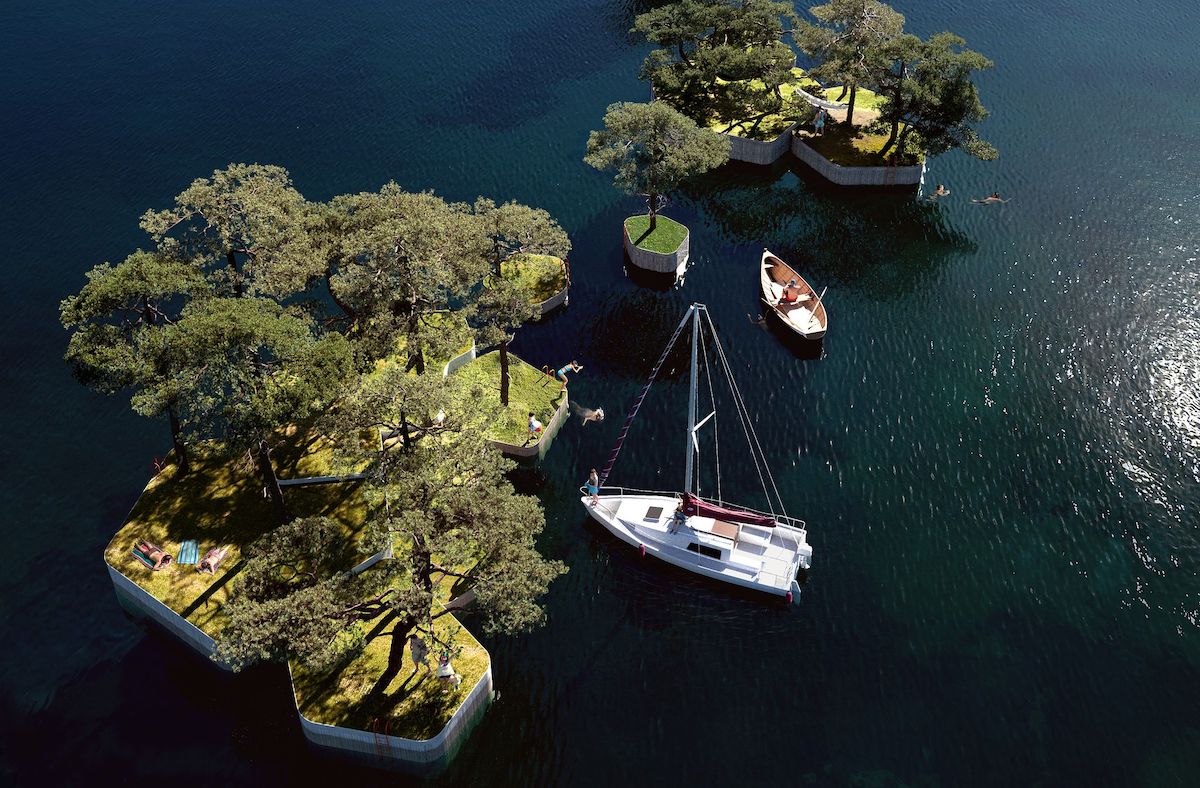
Photo: Copenhagen Islands
CPH-Ø1 is the first of these islands tested on site. It was built using traditional boat-making techniques of thin strips of wood along with steel and recycled boating material. The module is approximately 215 square feet and features a single linden tree. Future modules will allow more room for green spaces, as demonstrated in the renderings of the full parkipelago.
And, according to Blecher, these green spaces are carefully designed to welcome new wildlife. The submerged portion of the islands will become habitats for seaweed and small marine life to anchor, which will attract other animals to congregate near each module. The unexpected land in the middle of the harbor will also act as a resting area for local birds.
As the project is a collection of unique modules that are individually constructed, there will be future growth with the addition of new islands. CPH-Ø1 will not stay a lonely island for long as three more are planned for construction by the end of 2020.
Danish design firm Studio Fokstrot and Australian architect Marshall Blecher have designed a series of small floating parks in response to the boom of urban development along the waterfront.
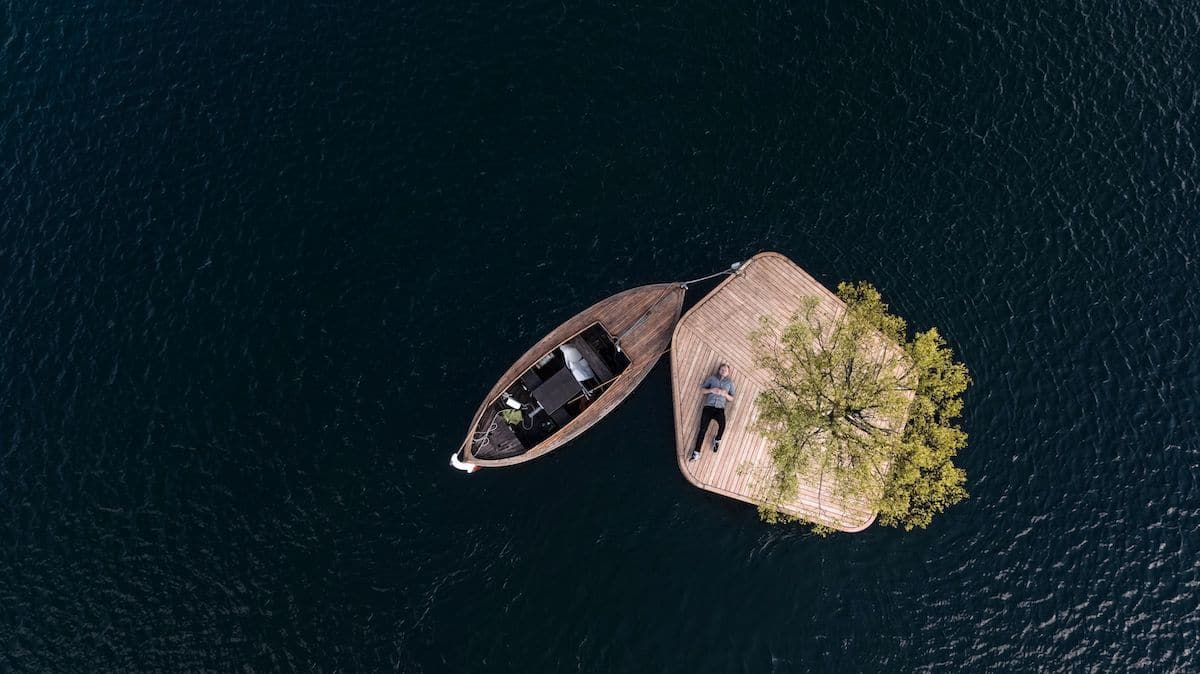
Photo: Airflix

Photo: Airflix
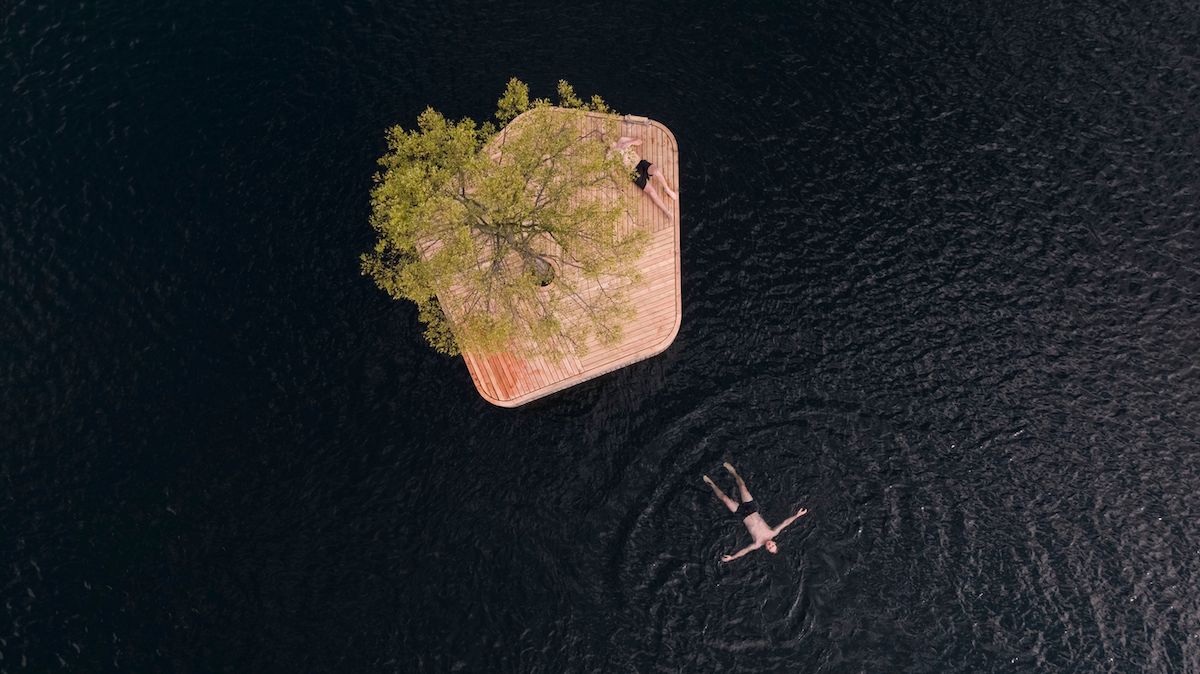
Photo: Airflix
The first island, CPH-Ø1, was built using traditional boat-making techniques of thin strips of wood along with steel and recycled boating material.
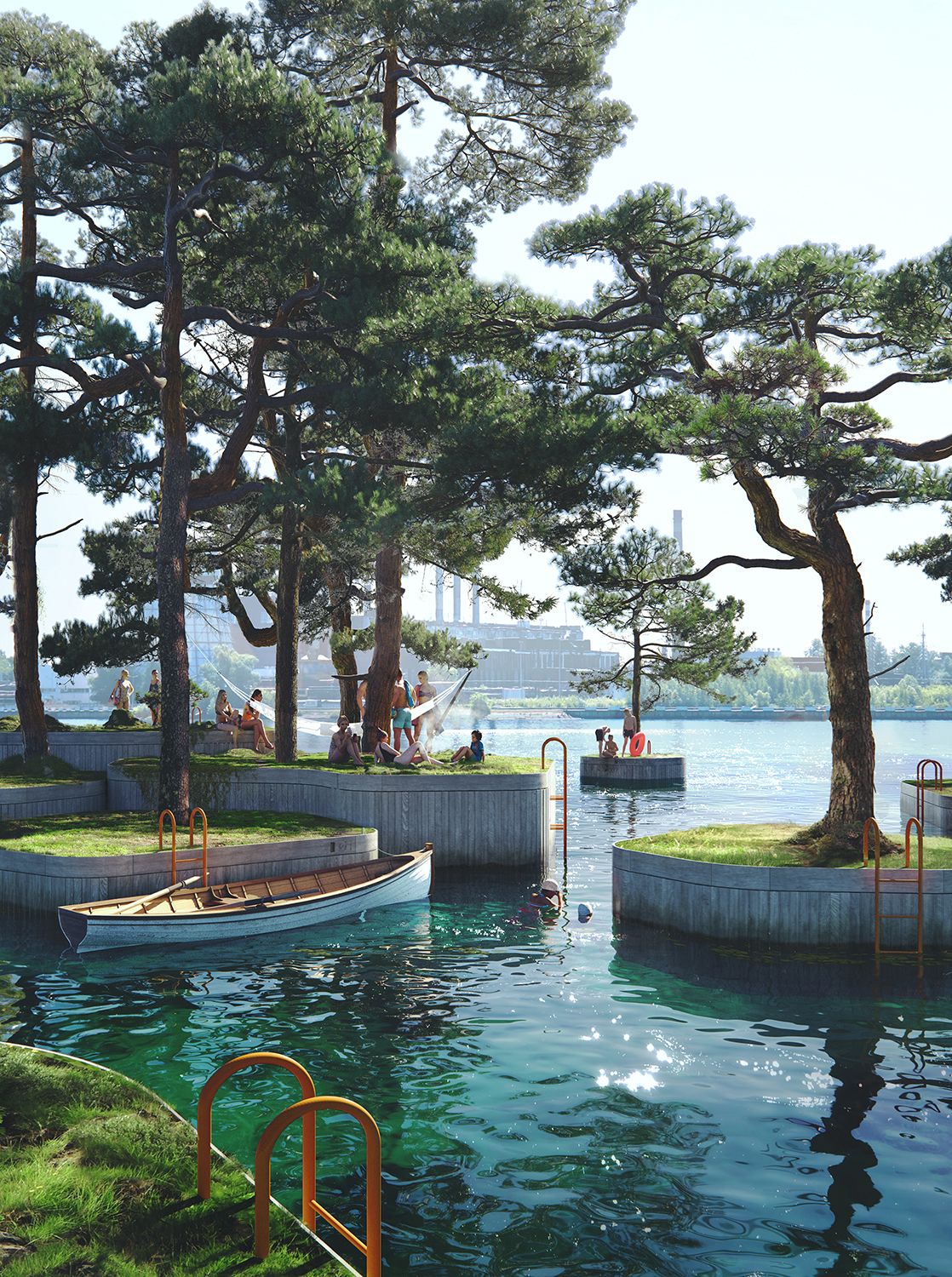
Photo: Mir
